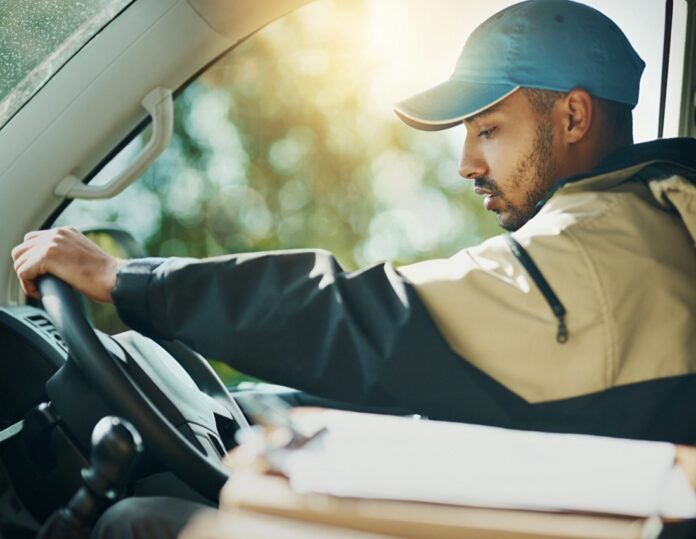Have you waited all day for a package that never arrived? Maybe the tracking says it was delivered, but you can’t find it anywhere. Failed deliveries happen way more often than most people realize. Besides being frustrating, these failures cost businesses millions in wasted time and resources. The problem usually isn’t the delivery driver or the shipping company. Instead, the real issue is that address systems aren’t always accurate enough for today’s delivery demands.
Why Traditional Address Systems Fail
So, what exactly is the reason for the failure in deliveries? Despite having a pretty straightforward home address, street, name, city, and even postal code. Traditional delivery systems have worked reasonably well for decades. However, modern delivery demands expose serious weaknesses in the past methods.
One of the lapses could be a result of the postal codes. Generally, postal codes cover vast areas that contain hundreds or thousands of addresses. It could be that you have a postcode that includes several streets or even entire neighborhoods. Besides being imprecise, these zones don’t actually tell drivers exactly where to go. So that alone can create confusion when multiple buildings share similar addresses.
Then there’s the problem that rural areas usually face with traditional addressing systems. Many country homes don’t have proper street numbers at all. In fact, some properties use route numbers or property names. So even GPS coordinates will end up pointing to the wrong location in remote areas.
Another challenge is living in apartment buildings. It can create massive confusion for delivery drivers everywhere. If your address says Unit 5, for instance, but you live in a building with multiple entrances, you might need to specify which entrance to use. Apart from the fact that it has unclear unit locations, most apartment complexes often have confusing layouts. So, drivers end up wasting time searching for the right door.
What Makes Modern Address Solutions Different?
Modern solutions go way beyond the traditional postal codes and street addresses. These deliveries are more advanced and can locate you within a few meters of your actual door. There are several logistics companies today that offer better deliveries. You can visit the website to see how these modern systems work.
One reason modern systems stand out is that they use digital mapping technology. It is about to create unique identifiers for every single location. This way, your home gets a code that works anywhere in the world. Besides being accurate, these codes are shorter and easier to use. Moreover, they work even in places without traditional street addresses.
In addition to these codes, modern systems integrate with GPS and mapping software seamlessly. Delivery drivers can navigate directly to your door without any confusion. It cuts down the time wasted on searching neighborhoods.
5 Ways Better Addressing Prevents Delivery Failures
Improved address systems can solve delivery problems. So, you must understand how these advantages can help you appreciate why better addressing issues is so important.
Eliminating Location Ambiguity
Traditional addresses often lead to multiple possible locations in the same area. Your street might have similar-sounding names in different neighborhoods. So, this confusion causes drivers to go to completely wrong areas. Besides wasting time, these mistakes lead to failed delivery attempts. Precise geocodes remove all ambiguity about where packages should go. Every location has one unique identifier that can’t be confused.
Improving Rural Delivery Success
Many rural residents deal with constant delivery failures. So better addressing systems are really life-changing for these customers. Geocoded addresses work perfectly regardless of whether streets have names. Your property will usually get a precise location code that GPS can follow. Besides accuracy, these codes never change, even if roads get renamed.
Simplifying Apartment and Multi-Unit Buildings
Even if your address is straightforward, apartments can be complex as well. Your unit number doesn’t tell drivers which entrance to use. In fact, some buildings have dozens of possible entry points, and then the issue of layouts. Better addressing will include the specific location data for individual units. The system can direct drivers to the correct entrance automatically.
Reducing Driver Confusion and Delays
Precise addressing systems guide drivers efficiently from stop to stop. They don’t waste time interpreting vague addresses or searching neighborhoods. This way, drivers can complete more deliveries in less time. Moreover, reduced confusion means fewer errors and missed deliveries.
Working Across International Borders
Shipping internationally, too, creates additional addressing challenges that traditional systems handle poorly. Different countries use completely different address formats and structures. What works in one nation might not exist in another. However, universal geocoding systems work identically everywhere in the world. When you have a precise location code, it functions whether you’re in Tokyo or Toronto. This consistency will make international shipping much more reliable. imilarly, in the transport sector, accurate addressing plays a vital role in Autotransport, ensuring vehicles are picked up and delivered efficiently across cities and international borders without delays or miscommunication.
Conclusion
You can now recognize why traditional systems can’t meet modern demands. If you want to avoid these challenges, it is better to use modern systems. Modern systems offer better addressing, and that’s one reason they stand out. You can visit the website to explore how this technology continues to solve delivery challenges. Visit the website to learn more.

